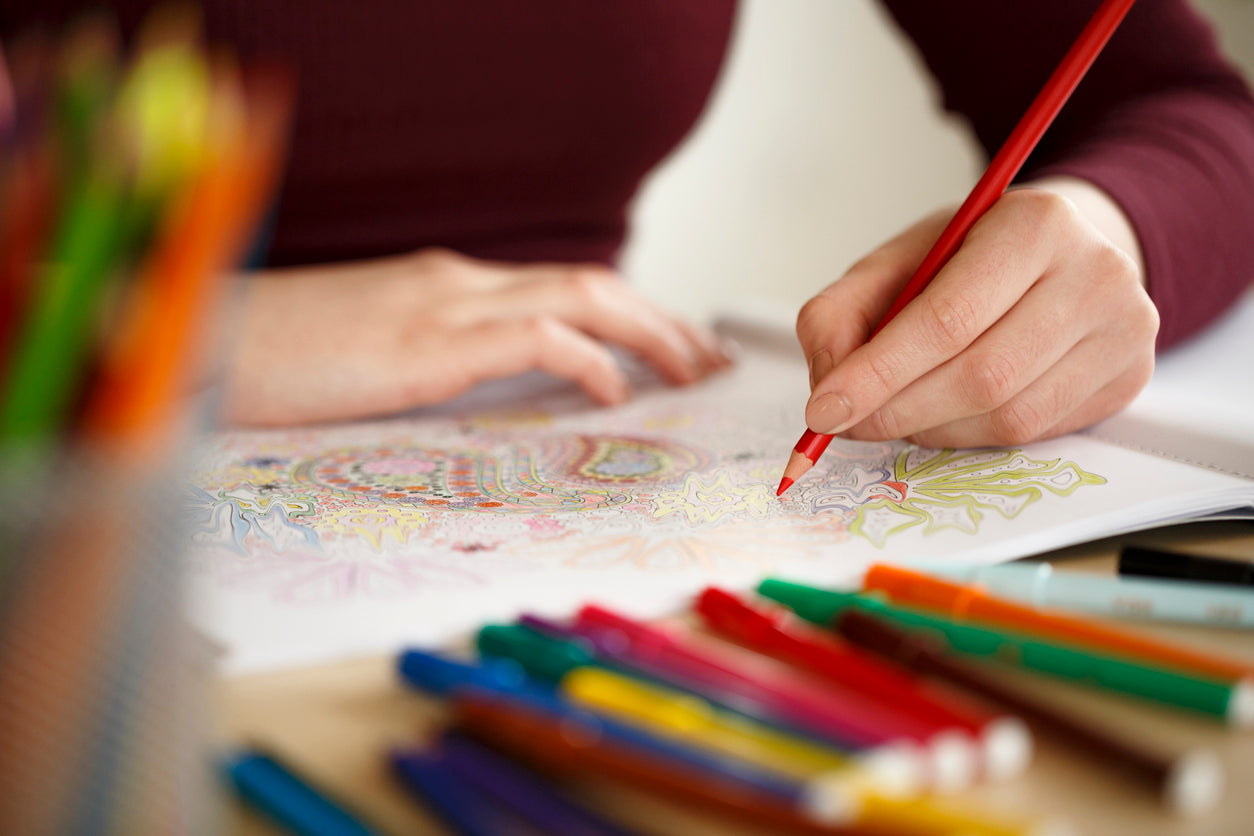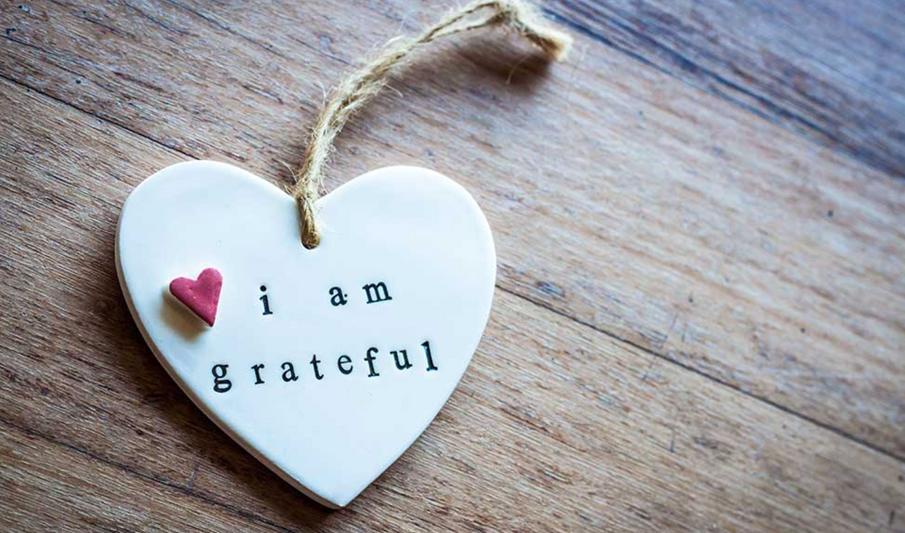The Best Art Therapy Exercises to Help You Heal
Written By: Matt Mignona

Most people recognize the power of art to inspire change and make us laugh or cry. More and more, the power of art therapy is being recognized, as well: art may help us heal our deepest wounds and go on to live brighter, bolder, happier lives.
What is Art Therapy?
According to the American Art Therapy Association:
"Art Therapy is an integrative mental health and human services profession that enriches the lives of individuals, families, and communities through active art-making, creative process, applied psychological theory, and human experience within a psychotherapeutic relationship."
It's a way for people to express themselves creatively, and art therapists can search for trends and symbols in the artwork that may shed light on the participant's mental health. Art therapy has been shown to help with issues like anxiety, depression, stress, confusion, anger, and post-traumatic stress disorder. On a basic level, it's a great way for anyone to relax and ignite their creativity.
Edith Kramer is recognized as one of the pioneers of art therapy. An accomplished artist herself, she founded the art therapy program at New York University. Born in Vienna, Austria, she came to the United States as a refugee in 1938, became a citizen in 1944, and started an art therapy program at a boys' school in the 1950s. She published books on the subject in the 1970s.
Even before that, Adrian Hill coined the term "art therapy" in 1942. He recognized the power of art as therapy during his own illness. In 1945, he published Art Versus Illness and encouraged and led artistic projects among those who were sick.
Today, art therapy is used in a variety of settings for people of all ages with a wide range of physical and mental health conditions.
Art Therapy and Its Applications
Art therapists have, at a minimum, a master's degree. They are nationally credentialed and/or licensed. An art therapy treatment plan includes choosing a type of art to experiment with, like painting, drawing, sculpture, collage, etc. The therapist may watch you work, taking note of the colors you use and how you approach the project. At some point during or after the process, he or she may ask questions about how you felt, things you remembered or that came to mind, or whether you found it difficult to make the art. The process of creation and discussion may help you release emotions, identify limiting beliefs or behaviors, and offer additional insight into your outlook on life.
Art therapy is used in many different settings, including:
- Hospitals
- Mental Institutions
- Prisons
- Shelters and Halfway Houses
- Schools
- Nursing Homes and Assisted Living Communities
- Counseling Offices
- Rehabilitation Centers
- Stress Management Programs
- And More
For children, adults, and seniors, art therapy may offer some relief whether they're suffering from stress, chronic illness, or trauma. It may help them work through challenging life situations, grief, shame, anger, or eating disorders. Sometimes it's as simple as getting their mind off the problem and relieving stress; at other times, it offers valuable insight to their mental state, at which point additional treatment plans can be made to best suit the individual.
Art Therapy Exercises to Try at Home
Technically, art therapy is a process you undergo with a professional. You might choose to see a licensed art therapist to help you work through any concerns you have. However, you can still experience the relaxing, stress-relieving benefits of art and creativity by experimenting with art on your own. With that in mind, here are a few exercises you can try at home:
- Make Thank You Cards: This allows you to explore your artistic side with the added benefit of focusing on gratitude.
- Finger Paint: Getting your hands messy adds a carefree, childlike feel to the art project.
- Make a Collage: Cut out your favorite words and images from magazines and paste them all together on a large piece of poster board.
- Draw With Music: Turn on your favorite song and start drawing to see what emerges on the paper.
- Use Sidewalk Chalk: The impermanence of the chalk frees you to draw or write whatever you like, knowing you can wash it away when you're done.
This article offers a few more specific, in-depth art ideas for helping you deal with anxiety, including a Panic Book to help you ward off panic attacks. Fill each page of a notebook with words, images, and colors you find soothing. Each page can have its own theme: your family, a beach vacation, your favorite animals, etc. Carry it with you and add to it when you start to feel anxious or browse through the pages you've already created to help you stay calm.
Remember, you don't have to be a good artist to benefit from art therapy sessions or from the process of pursuing artistic projects at home. The point isn't to create something that will hang in a museum—the point is simply to create! Give yourself permission to make a mess, make mistakes, and throw it away when you're done if that's what you want to do. This is only for you. No one else has to see it.
Still not sure where to start? Get a coloring book! Adult coloring books come in a wide range of themes and designs, and having the framework to fill in might alleviate any anxiety you have about what you should draw or make. Markers, colored pencils, and gel pens allow you to color the intricate details that are common in coloring books for adults.
With the rise of adult coloring books over the last few years, research came along to show that coloring reduces anxiety and encourages focus and mindfulness. It gives you something to focus your attention—it's almost a form of meditation.
Art therapy may be a more appropriate choice if you have a specific concern you need to work through. You and your therapist will determine the best course of action in that situation. However, if you're looking for a way to relax and unwind, coloring might be just the ticket. The Happier Mind Adult Coloring Book is pocket-sized with a durable cover so you can take it with you wherever you go, but more importantly, it's positive and uplifting. Each page features a word—an intention—that you might like to meditate on and incorporate into your life. The pages are thick and removable, so you can post your finished project in a place where you can see and be inspired by it. It's an easy way to combine the soothing benefits of art and the power of intention to help you live with greater peace of mind.




Leave A comment